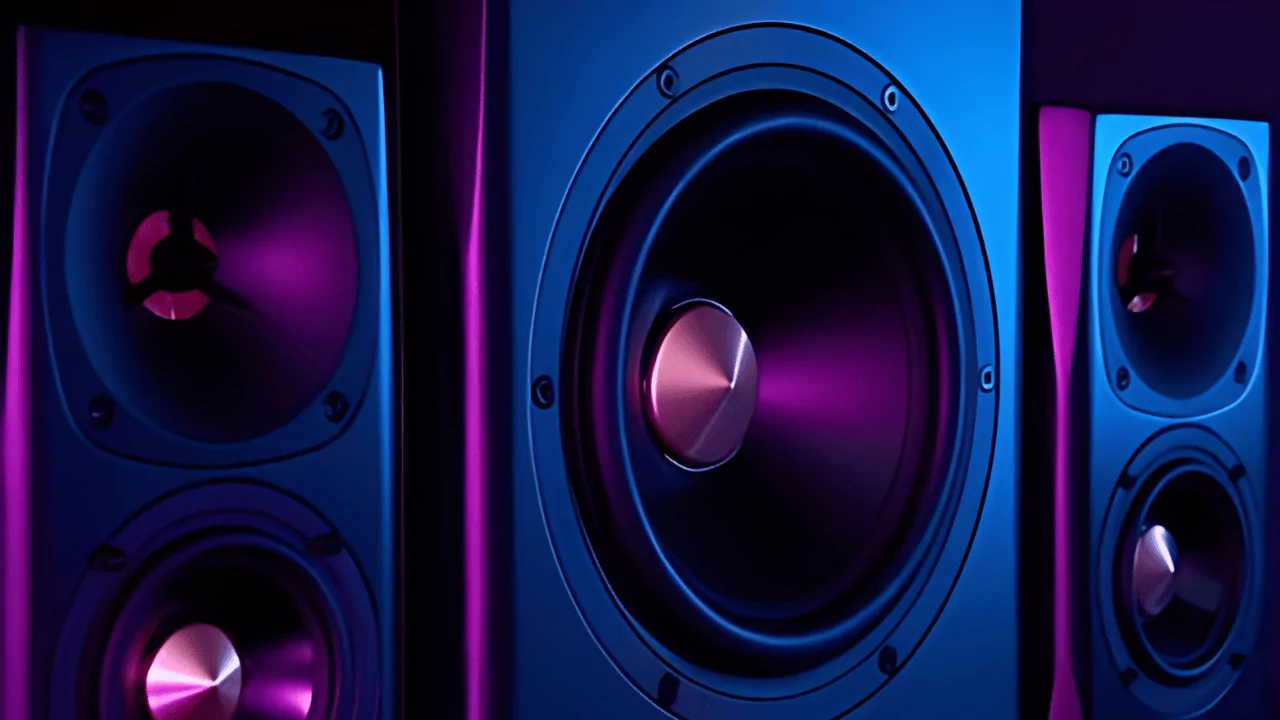If you want to build a powerful audio system or a home theatre system, then you must get a powered subwoofer to complete the setup. You can use this system for movies, games, or even music.
So, let’s get to the depth of understanding what a subwoofer is and how to use the device to enhance the experience of home theatre.
In This Article:
What is a Subwoofer?
A subwoofer is a speaker that is designed to reproduce low-pitched audio frequency and it is also known as bass. It is meant for delivering lower frequencies, specifically 20-200 Hz, and these sounds usually come from kick drum, bass guitar, and other movie sounds.
A subwoofer is also made to fill in the region of difficult-to-reproduce bass that reaches up to 80-150 Hz. You can find multiple subwoofers being mounted in an enclosure, which is made of plywood, medium-density fiberwood, or any non-resonant material.
Why Should You Get a Subwoofer?
If you want to boost low frequencies for any kind of audio you are listening to, then you must get a subwoofer. You can use them for your home theatre or car stereo setup.
Where Should You Place a Subwoofer?
It is always recommended to put the subwoofer at the front of the wall if you are using a single subwoofer. You can also put the sub towards one of the front corners and this would also provide the speaker with more bass impact.
What is the Difference Between an Active Subwoofer and a Passive Subwoofer?
Here’s how active and passive subwoofers differ:
Passive Subwoofers
Passive subwoofers are powered by external amplifiers or Audio/Video (A/V) receivers and are quite similar to traditional speakers. However, they need more power to reproduce low-frequency sound so you must get an amplifier or receiver that has the capability to provide enough power so that it can sustain the bass effect that is reproduced by the subwoofer and it must not drain the power supply in the A/V receiver or amplifier.
Active Subwoofer
Active subwoofers are self-contained speakers and amplifiers which are matched to provide optimal performance and both devices are placed in the same enclosure. This system consumes a lot of power load away from the receiver and mid-range and tweeter speakers get powered through the receiver and amplifier.
How to Set Up a Subwoofer?
First, you have to plug the audio interconnect cable into the subwoofer output of the receiver and also the line input of the sub. However, if you find that there is no dedicated sub-out then you need to connect the subwoofer with a full range left and right line level signal that comes from the preamp or receiver. You can also rely on the subwoofer which is meant for low-pass filtering and mono-summing.
However, if there is no line-level output available then you have to use a sub with high speaker-level input and it should have four clamps and binding posts. Thus, you get to connect the speaker wire to the left and right of the speaker output through the amplifier or receiver. You also need to connect the speaker cables to the main speaker along the sub. You would also find that soundbars can fit wireless subwoofers and the setup process can vary based on the brand.
Next, power on the subwoofer by plugging in the subwoofer to the wall outlet and power on the soundbar. You will see that the LED of the subwoofer is flashing while you have connected the soundbar. You also need to check whether the LED is showing green and this is an indication that the soundbar is connected.
Can You Use a Subwoofer as a Speaker?
Yes, you can use a subwoofer as a speaker. If you want to experience optimal sound quality across all frequencies, then you can use the subwoofer as a full-range or mid-range speaker.
What is the Difference Between the Subwoofer and a Typical Speaker?
When compared with a full-range loudspeaker, a subwoofer has a limited frequency. A subwoofer can reproduce frequencies below 150 Hz whereas the bookshelf speaker has the capability to produce 50Hz to 20kHz frequency range.





